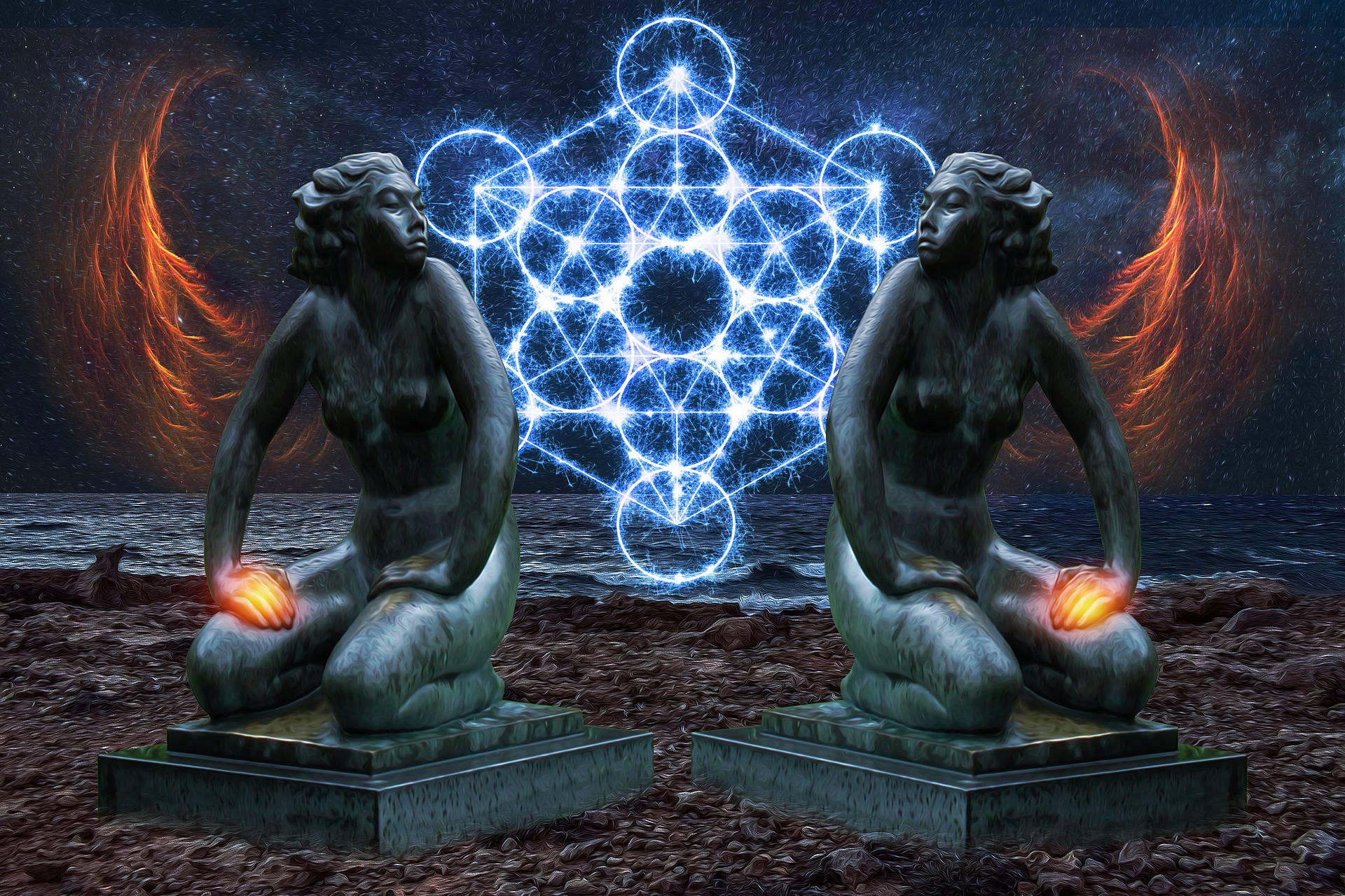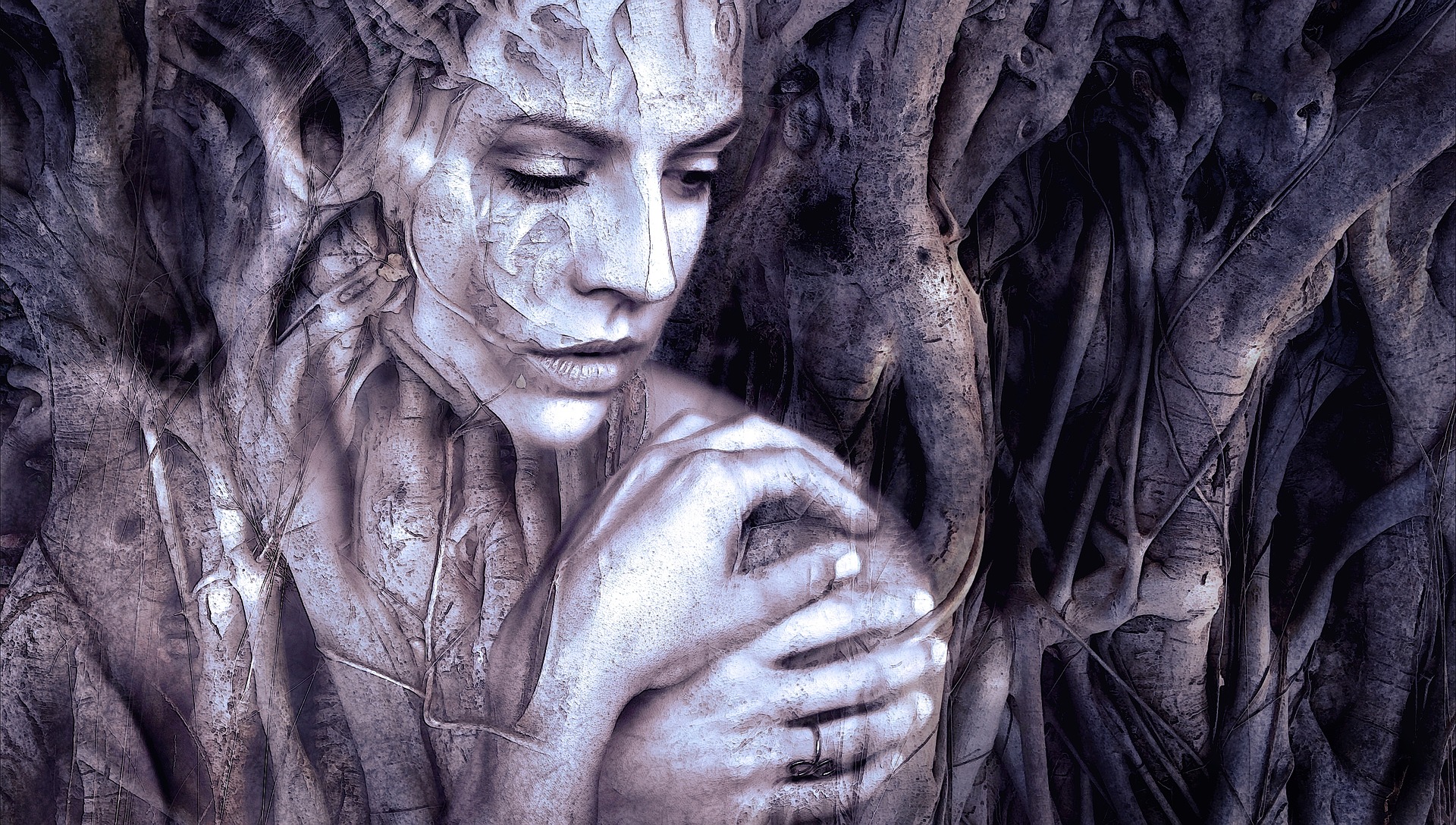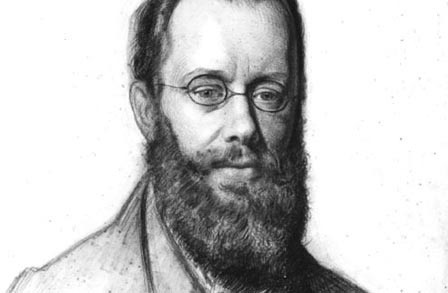Edgar Allan Poe- Edgar Allan Poe, born in Boston, Massachusetts on January 19, 1809, is remembered among the first American writers who became the major figures in the world of literature. Poe’s work as an editor, a poet, and a critic had a profound impact on American and international literature. A predecessor to the “art for art’s sake” movement, Edgar was one of the first critics of the effects of style and structure of the literary world. Horror and detective fiction largely constitute Edgar’s major works.
The Haunted Palace– Written as a part of Edgar’s short story “The Fall of the House of Usher”, the poem “The Haunted Palace” uses the image of a decaying and haunted mansion as a chilling metaphor for insanity. Written in the form of a ballad (a poem or a song that tells a story, often a tragedy), The Haunted Palace symbolises: an ancestral home and name fallen into mental and physical decline.
Setting of The Haunted Palace-
Belonging to the Gothic/Dark-Romanticism genre, “The Haunted Palace” is a ballad consisting of 6 stanzas and a total of 48 lines, a brilliant and skilfully crafted metaphor that compares a palace to the human skull and mind. The setting of the poem takes place in a beautiful palace (the human mind), in a valley (the human skull), which gradually descends to ruin. This subsequent deterioration of the palace is symbolic of gloom, insanity and death.
Poetic Devices in The Haunted Palace-
- ALLITERATION-
Stanza 1 – “Never seraph spread a pinion”.
Stanza 4 – “The wit and wisdom of their king”
- IMAGERY-
The images of “greenest valleys” and “happy valley” reinforce positivism and joyfulness, a sharp contrast to the ruined palace.
In Stanza 1, “Once a fair and stately palace”, provides the image of a beautiful and elegant building, a King’s true home. In Stanza 5, “But evil things, in robes of sorrow”, “Assailed the monarch’s high-estate”, represent the poem’s gradual descent to darkness and gloom, the once beautiful monarch’s high-estate (palace), now under an attack of evil forces.
- SYMBOLISM AND METAPHOR/ALLEGORY-
“The Haunted Palace”, as a whole, is a metaphor of the mind of a depressed individual slipping into insanity. In Stanza 1, “In the monarch Thought’s dominion”, a connection is established between the palace belonging to a monarch and the mind of a person (here, the monarch). The decaying and haunted palace is symbolic of the destroyed psyche of a depressed mind, the image of “palace” under the attack of “evil things”, a metaphor for insanity.
- HYPERBOLE-
In Stanza 1, in the sentence “In the greenest of our valleys”, the word “greenest” provides an exaggeration of pleasantness of the valley which is the symbolic representation of happiness and positivism.
- STYLE-
“And all with pearl and ruby glowing (A)
Was the fair palace door, (B)
Through which came flowing, flowing, flowing (A)
And sparkling evermore, (B)
A troop of Echoes, whose sweet duty (C)
Was but to sing, (D)
In voices of surpassing beauty, (C)
The wit and wisdom of their king.” (D)
Summary of The Haunted Palace-
“The Haunted Palace” written by Edgar Allan Poe in 1839, is a Dark romantic poem which is a sub-genre of Romanticism. While ‘Romanticism’ is basically writings that portray feelings and emotions rather than logic and reason, ‘Dark-Romanticism’ portrays an author’s hidden feelings and dark emotions, especially his/her fears. The poem starts with a note of happiness but makes a gradual descent to gloom and ultimate death. The main character dies after suffering for long at the hands of evil forces and his loved ones are also doomed, both metaphorically and literally, with his fall. This poem is representative of a mortal’s fear of dying or being taken over by an unknown evil.
The poem opens with a beautiful image of a magnificent palace that used to stand in a lush green valley. The speaker tells us about the “yellow, glorious, golden” banners that used to fly from the roof of the palace, the “spirits” dancing to lute music around the king’s throne which could be seen through the windows by the travellers passing the valley, the big and beautiful palace doors through which the spirits came out singing praises of the great monarch. Unfortunately, the happiness of the king and his kingdom does not last for long, for the palace is wrecked by the attack of “evil things” leading to the king’s impending doom. Along with its great king, the kingdom too, falls into ruins, as the beauty of the palace gets deteriorated. The “spirits” which once lulled joyful songs are now only a “hideous throng” who laugh without smiling, their laughs filled with darkness, void of joy. The haunted mansion here is a metaphor to a once healthy human mind, now suffering from depression and consequently slipping to insanity.
Critical Analysis of The Haunted Palace-
“The Haunted Palace” is an allegory narrating the tale of a king who is afraid of the evil forces that threaten to ruin him and his kingdom which eventually succeed in bringing doom. A part of the short story “The Fall of the House of Usher”, Poe, has stated regarding his poem that, “I mean to imply a mind haunted by phantoms – a disordered brain”. The beginning of the poem symbolises the palace as the human mind, the happy tone taking a turn towards darkness representing the depressed human mind falling more and more towards insanity.
Central Idea of The Haunted Palace-
Edgar Allan Poe brilliantly portrays the condition of human mind and its psyche during both the jovial and gloomy periods of life. The poem’s thematic concern is the influence of thoughts on human psyche and its consequences, mortal fears leading to mental illness, here depression, and the resulting fall to insanity.
Tone of The Haunted Palace-
The poem begins with the description of a joyful kingdom with its “fair and stately” palace located in the “greenest” valley ruled by a great monarch but takes a darker turn towards the last two stanzas when the king’s “high-estate” is attacked by “evil things”. The tone and the setting of the poem changes from happiness to fearfulness and consequently to gloominess. These emotional stages are representative of the human psyche’s descent from sound health to depression and then to complete madness.
Conclusion- Edgar Allan Poe’s “The Haunted Palace” portrays a chilling image of a sick human mind, the suffering and the fall. A very realistic image of an individual plagued by depression has been drawn by Poe. The poem represents Poe’s views of seemingly innocent but inherently evil thoughts taking over human psyche and destroying the sanity.
Some online learning platforms provide certifications, while others are designed to simply grow your skills in your personal and professional life. Including Masterclass and Coursera, here are our recommendations for the best online learning platforms you can sign up for today.
The 7 Best Online Learning Platforms of 2022
- Best Overall: Coursera
- Best for Niche Topics: Udemy
- Best for Creative Fields: Skillshare
- Best for Celebrity Lessons: MasterClass
- Best for STEM: EdX
- Best for Career Building: Udacity
- Best for Data Learning: Pluralsight















